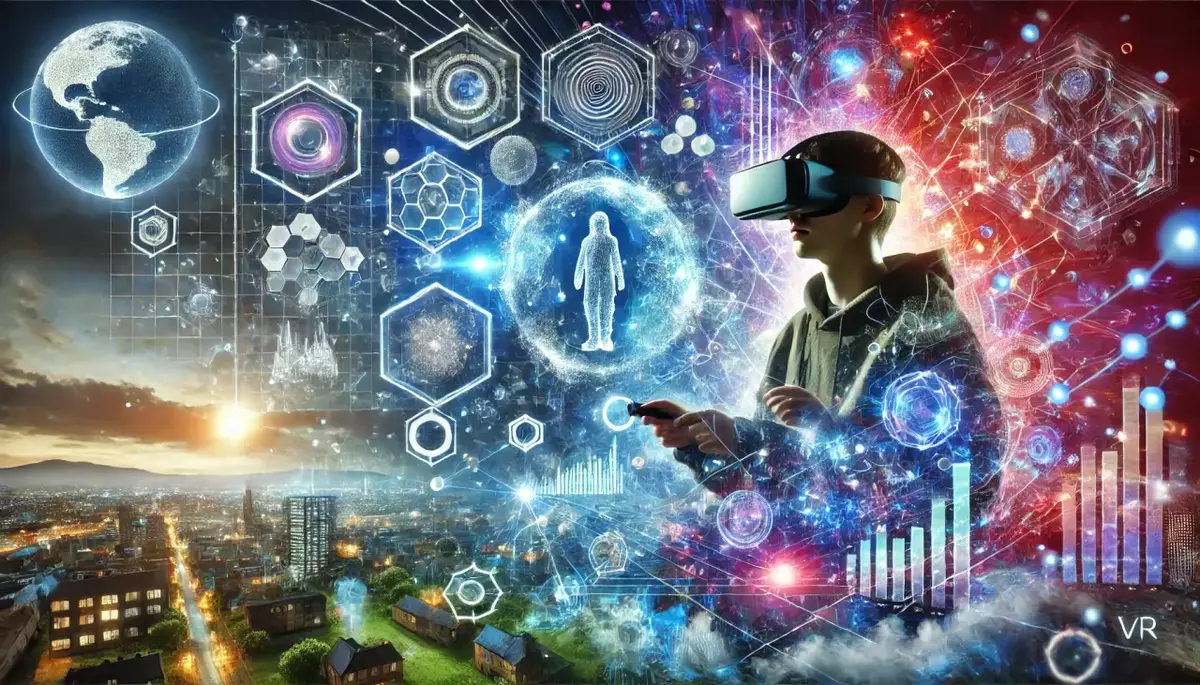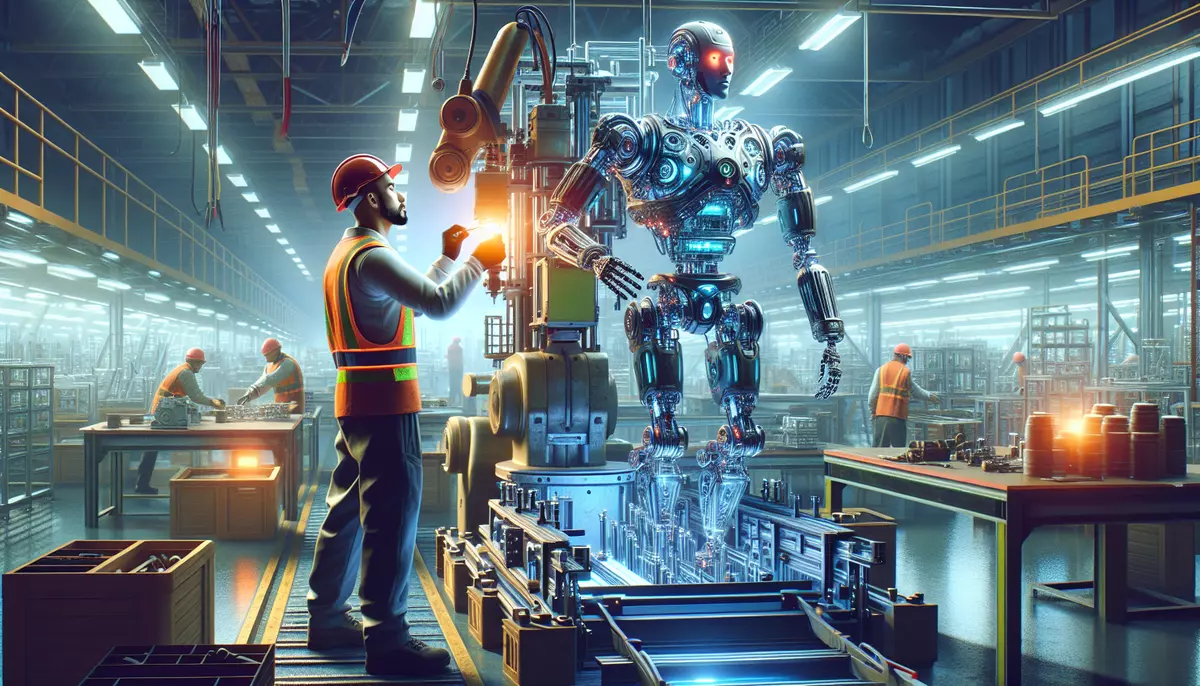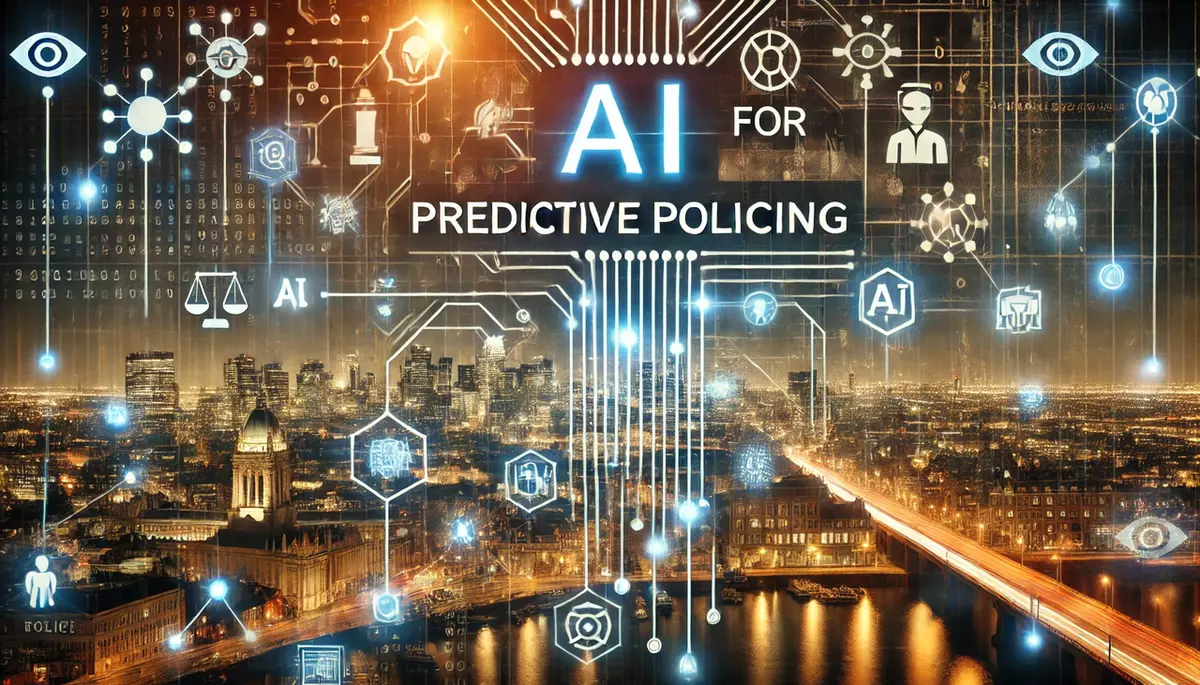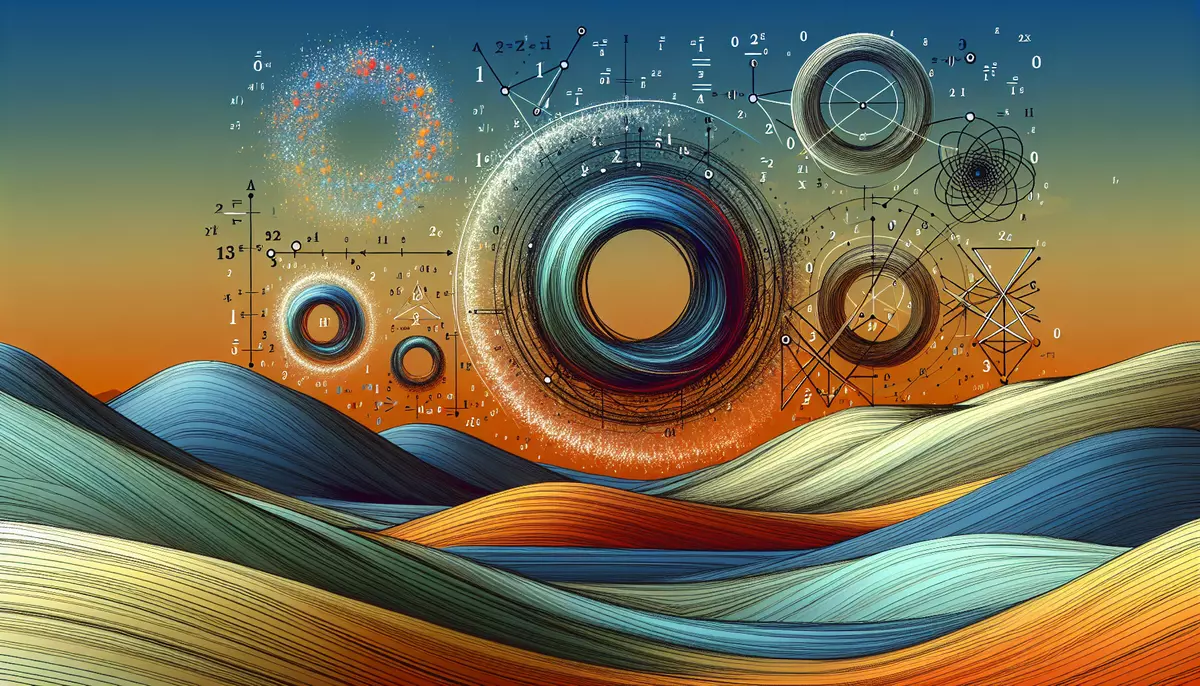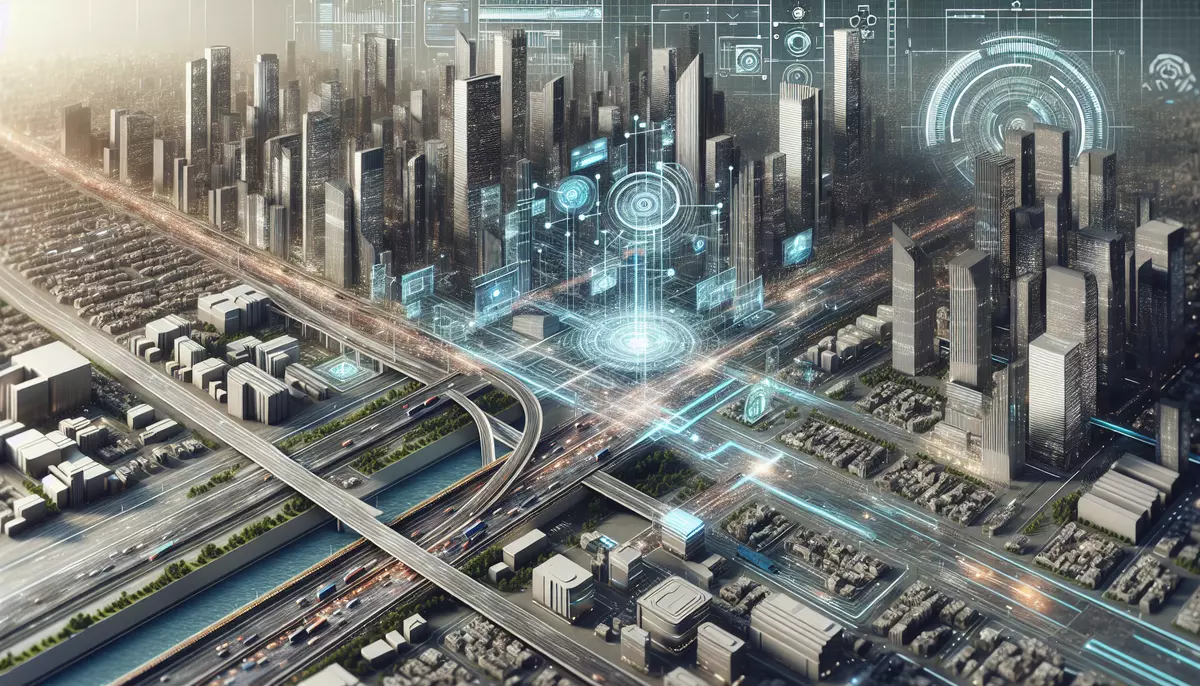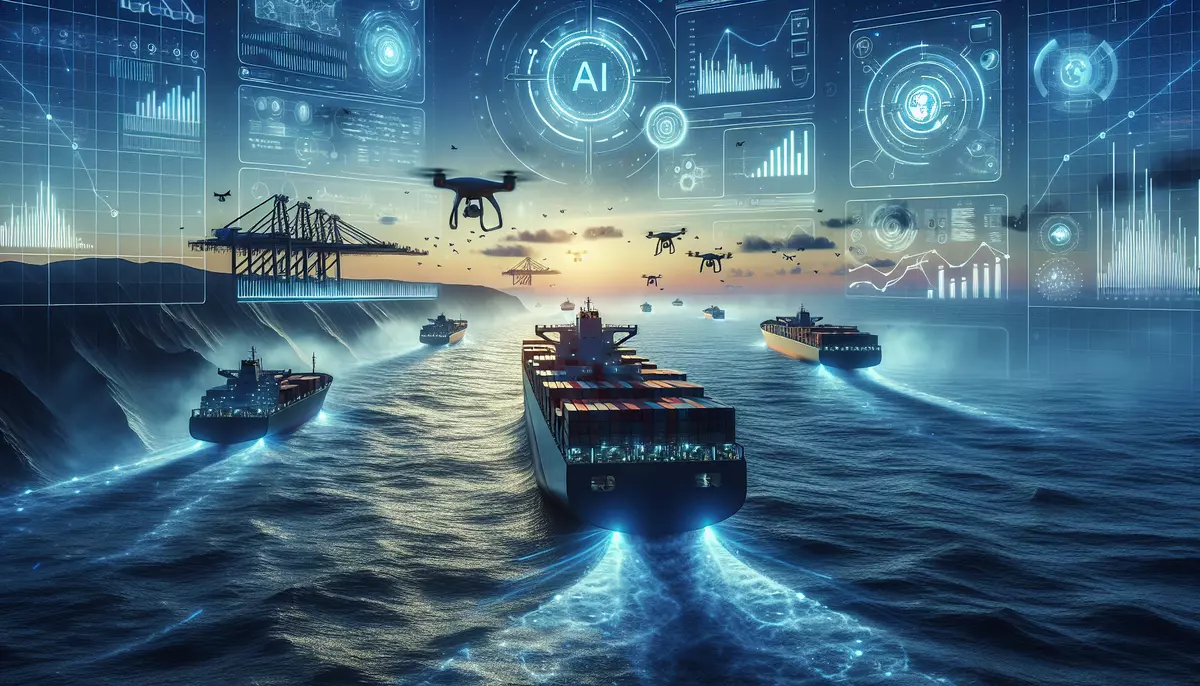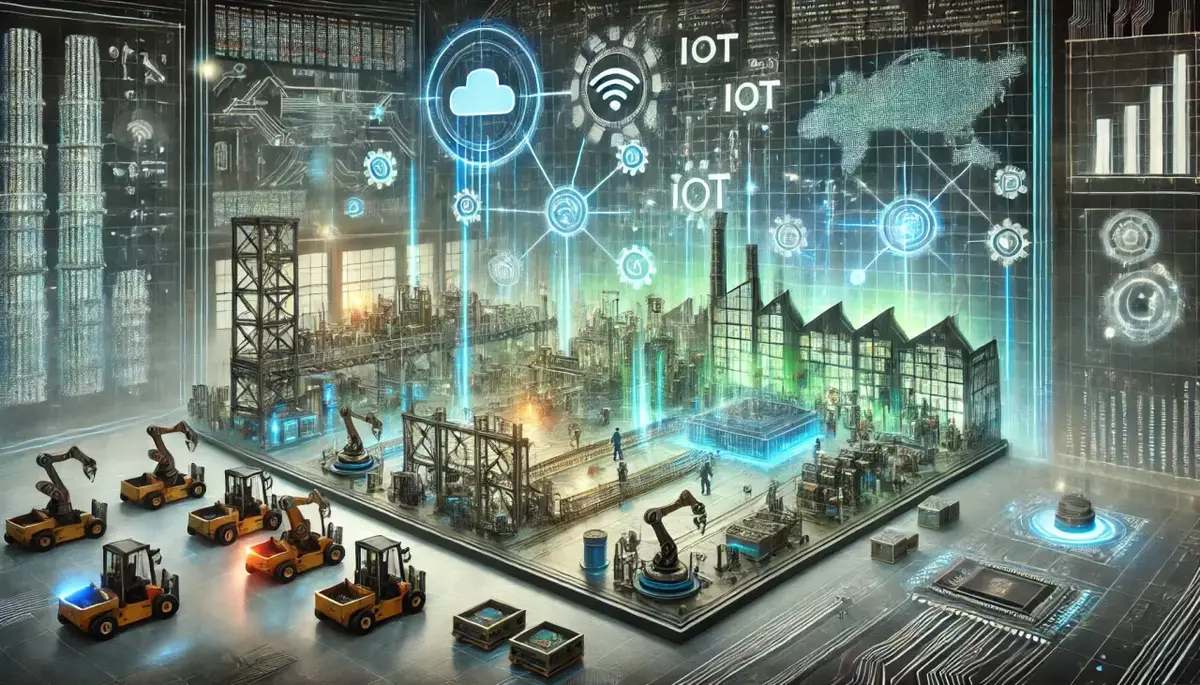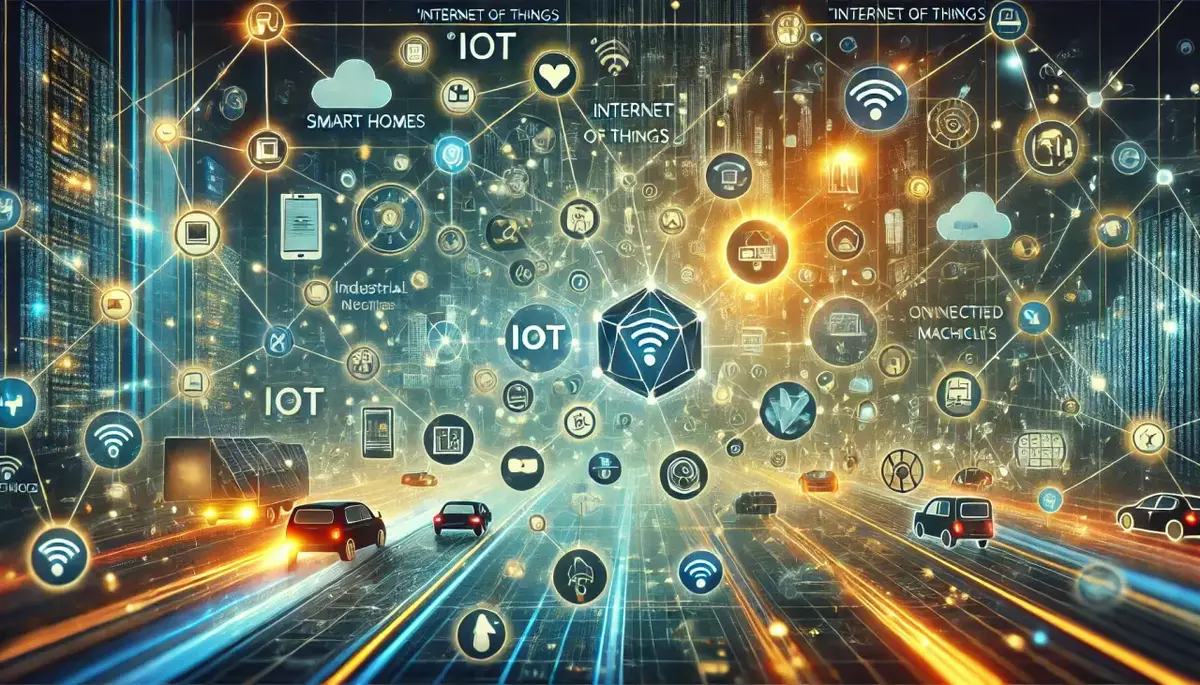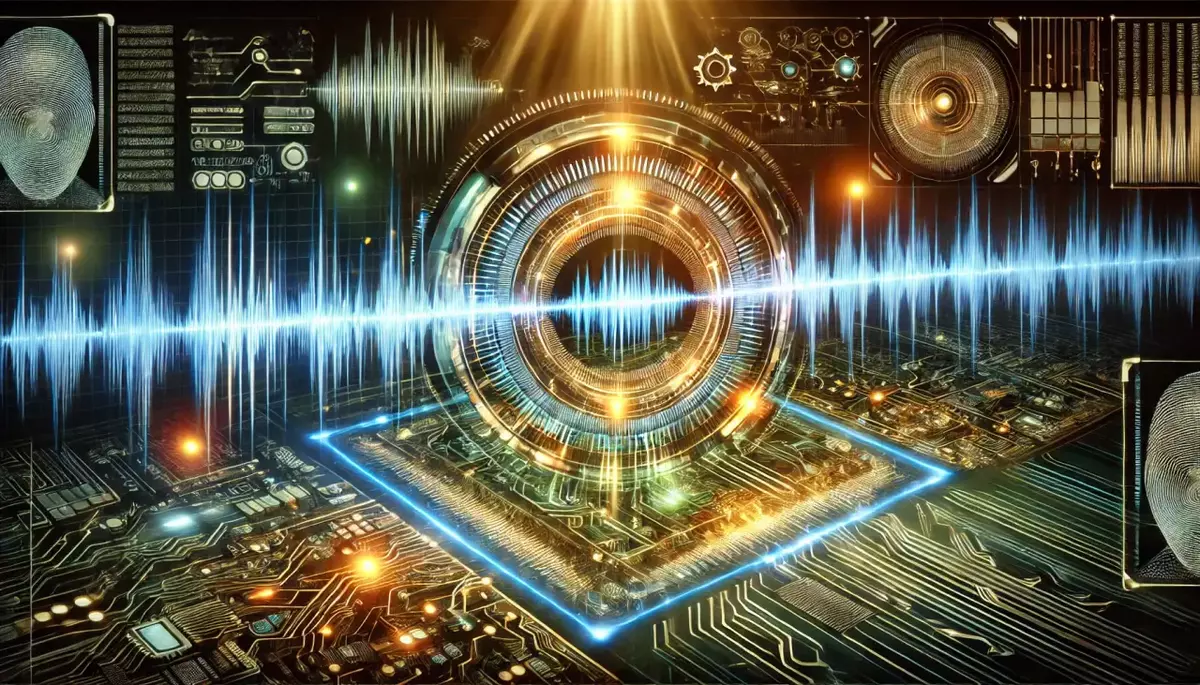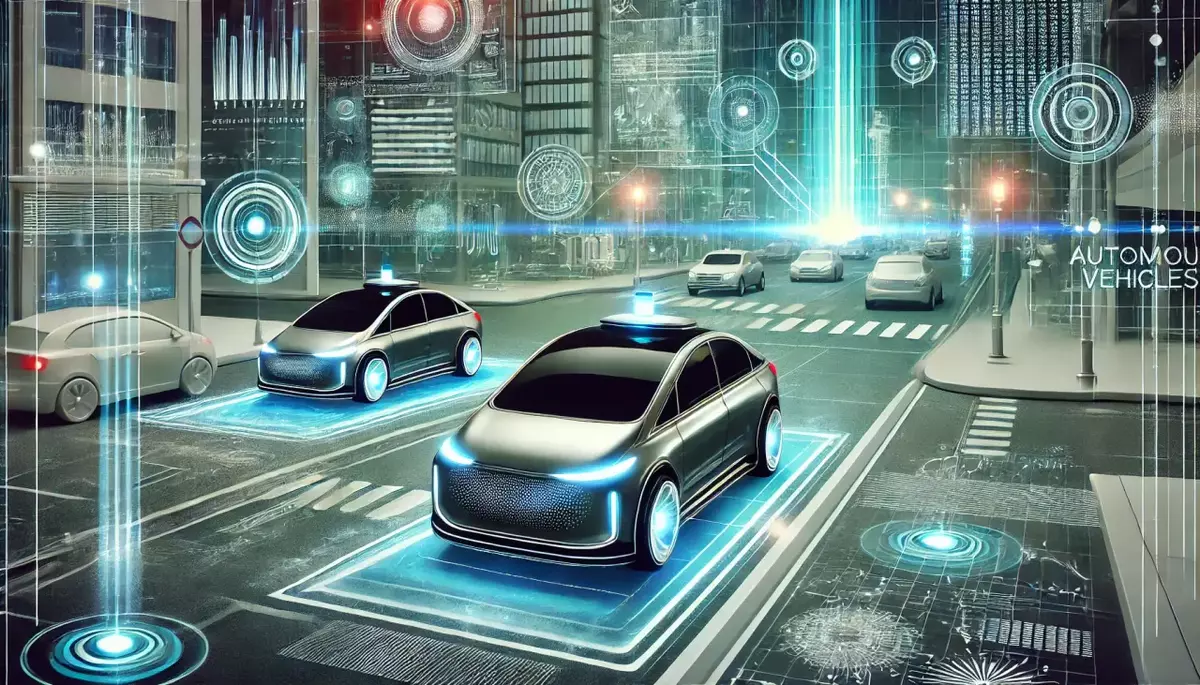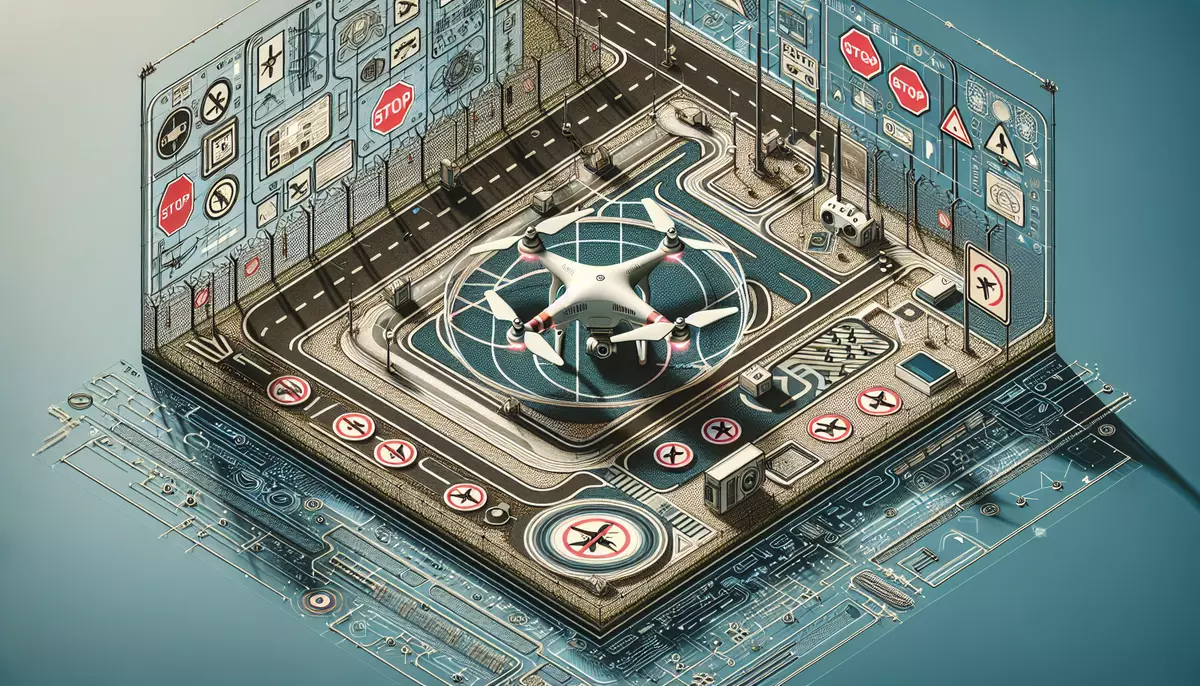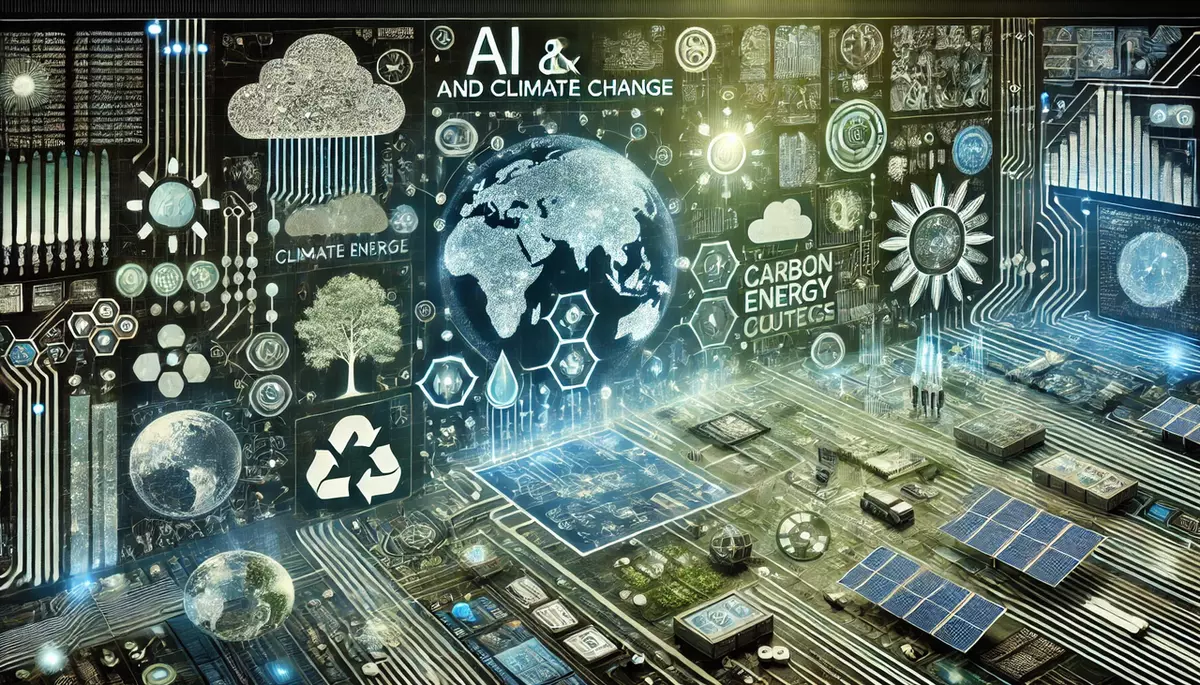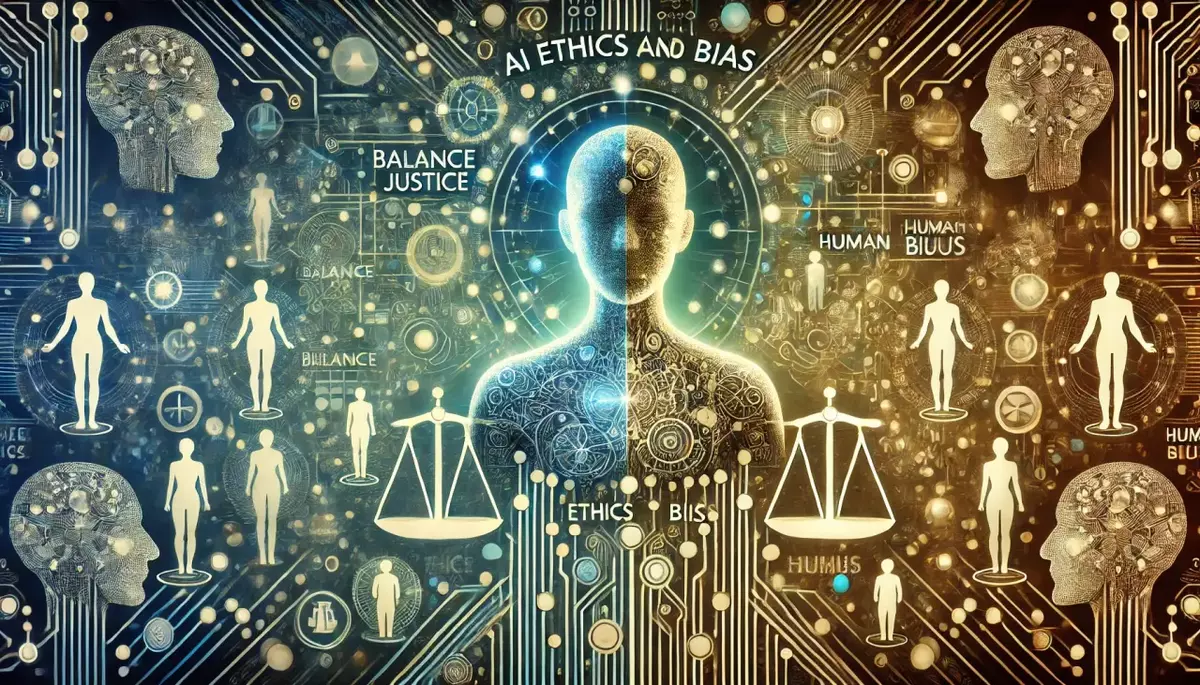Introduction
Virtual Reality (VR) is a computer-generated simulation of a three-dimensional environment that can be interacted with in a seemingly real or physical way. It is a transformative technology that has the potential to revolutionize various industries, from gaming and entertainment to education, healthcare, and beyond.
What is Virtual Reality?
Virtual Reality is a technology that creates an immersive, computer-generated environment that users can explore and interact with. It typically involves the use of a headset, which displays the virtual environment and tracks the user’s head movements, allowing them to look around and feel present in the simulated world.
Key Components of Virtual Reality:
- Head-Mounted Display (HMD): A device worn on the head that covers the eyes and displays the virtual environment.
- Tracking System: Sensors that track the user’s head, hand, and body movements, allowing for natural interaction with the virtual environment.
- Input Devices: Controllers, gloves, or other devices that allow the user to interact with and manipulate virtual objects.
- Computer Hardware: Powerful computers or gaming consoles that generate and render the virtual environment in real-time.
History of Virtual Reality
The concept of virtual reality has been around for decades, with early experiments and developments dating back to the 1950s. However, it was not until the 1990s that VR technology became more accessible and affordable, leading to a surge of interest and advancements in the field.
Key Milestones in the History of Virtual Reality:
- 1950s-1960s: Early experiments with head-mounted displays and immersive environments.
- 1980s-1990s: Advancements in computer graphics and the development of more sophisticated VR systems.
- 2010s: The rise of consumer-grade VR headsets, such as the Oculus Rift, HTC Vive, and PlayStation VR.
- 2020s: Continued improvements in VR hardware, software, and applications, including the integration of augmented reality (AR) and mixed reality (MR) technologies.
Applications of Virtual Reality
Virtual Reality has a wide range of applications across various industries, including:
Gaming and Entertainment:
- Immersive gaming experiences with realistic graphics and natural interactions.
- Virtual concerts, live events, and entertainment experiences.
Education and Training:
- Simulations for hands-on learning in fields like medicine, engineering, and aviation.
- Virtual field trips and interactive educational experiences.
Healthcare:
- Rehabilitation and physical therapy exercises in a controlled environment.
- Pain management and mental health treatments using VR-based therapies.
Architecture and Design:
- Visualization and prototyping of buildings, products, and environments.
- Collaborative design and review processes in virtual spaces.
Military and Defense:
- Training simulations for combat, emergency response, and tactical operations.
- Virtual environments for planning and decision-making.
Challenges and Limitations of Virtual Reality
While Virtual Reality offers many exciting possibilities, it also faces several challenges and limitations:
- Motion Sickness: Some users may experience nausea, dizziness, or disorientation when using VR systems.
- Hardware Limitations: Current VR headsets can be bulky, heavy, and require powerful computing hardware to operate effectively.
- Social Isolation: Prolonged use of VR can lead to a sense of isolation from the physical world and social interactions.
- Accessibility Concerns: VR technology may not be accessible or suitable for all users, particularly those with physical or cognitive disabilities.
- Ethical Considerations: The immersive nature of VR raises concerns about privacy, data security, and the potential for misuse or addiction.
Future Trends and Advancements in Virtual Reality
The future of Virtual Reality holds exciting possibilities as the technology continues to evolve:
- Improved Hardware: Lighter, more comfortable, and higher-resolution VR headsets with enhanced tracking and input capabilities.
- Wireless and Untethered Experiences: Advancements in wireless technology and battery life to enable more freedom of movement.
- Haptic Feedback: Incorporation of tactile and force feedback to create a more realistic and immersive experience.
- Increased Realism and Interactivity: Advancements in computer graphics, physics simulations, and artificial intelligence to enhance the realism and interactivity of virtual environments.
- Convergence with Augmented Reality (AR) and Mixed Reality (MR): Blending of virtual and physical worlds to create more seamless and integrated experiences.
Conclusion
Virtual Reality is a transformative technology that has the potential to revolutionize various industries and reshape the way we interact with digital environments. As the technology continues to evolve and overcome its current limitations, the future of VR holds exciting possibilities for entertainment, education, healthcare, and beyond. By understanding the key components, history, applications, and challenges of Virtual Reality, we can better prepare for and embrace the immersive experiences of the future.
This knowledge base article is provided by Fabled Sky Research, a company dedicated to exploring and disseminating information on cutting-edge technologies. For more information, please visit our website at https://fabledsky.com/.
References
- Burdea, G. C., & Coiffet, P. (2003). Virtual reality technology. John Wiley & Sons.
- Jerald, J. (2015). The VR book: Human-centered design for virtual reality. Morgan & Claypool.
- Parisi, T. (2015). Learning virtual reality: Developing immersive experiences and applications for desktop, web, and mobile. O’Reilly Media, Inc.
- Slater, M., & Sanchez-Vives, M. V. (2016). Enhancing our lives with immersive virtual reality. Frontiers in Robotics and AI, 3, 74.
- Steuer, J. (1992). Defining virtual reality: Dimensions determining telepresence. Journal of communication, 42(4), 73-93.

